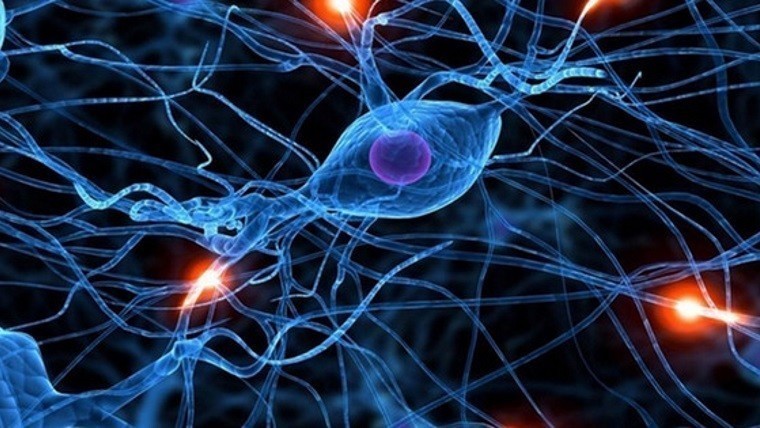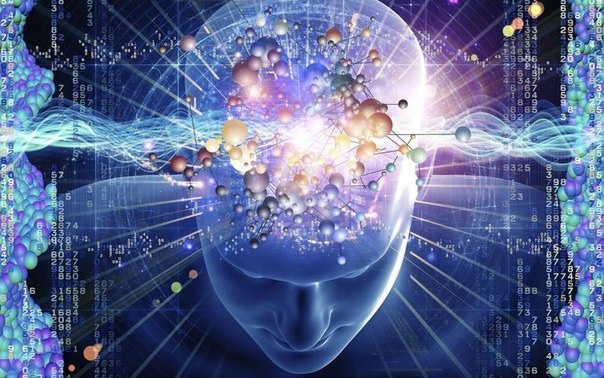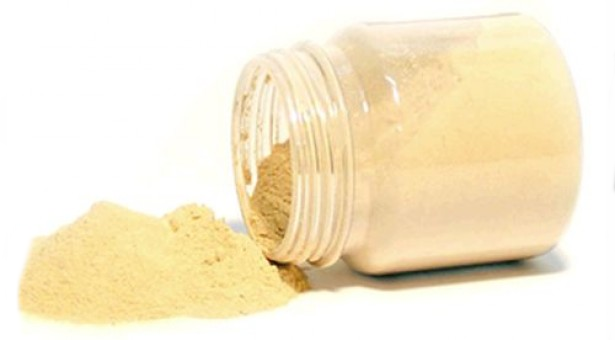Dr. Hüseyin Kami BÜYÜKÖZER
As we stated in our previous article with the same title, we stated that we would cover the subject with 9 articles. With this article, we are publishing our second article.
2-HOW DO HORMONES AFFECT OUR BEHAVIOUR?
The location of the chemical transporters that enable communication between the site of secretion of released hormones and the nervous system in the brain is the same within the hypothalamic area. Most psychotropic drugs have the effect of either increasing or decreasing the levels of chemical transporters in the hypothalamic area that express levels of epinephrine, norepinephrine, serotonin, dopamine or endorphins. Similarly, chemical transporters affect hormonal secretion.
Hypoglycaemic patients (low blood sugar) suffer from depression and poor mental concentration, and patients with low thyroid can suffer from weakness and depression. In contrast, high thyroid patients suffer from excitement, irritability and insomnia. Patients with low cortisone (Edison’s disease) may suffer from severe depression, whereas patients with high cortisone may suffer from hallucinations and psychosis.
Whereas patients with high testosterone show a tendency to commit crimes, patients with low testosterone show behavioural disorders in adaptation.
Physiologically, boys and girls differ in their playing behaviour. For example, even in the pre-pubescent years, due to the difference in sex hormones, boys show assertive behaviour in contrast to passivity. After the completion of sexual differentiation, these behaviours become more clearly established. In fact, by changing the level of sex hormones of a particular sex, not only the sexual behaviour of that sex is changed, but also the sex-specific potency.
Hormones, not directly but indirectly by controlling the balance of sugar, calcium and sodium, influence behaviour, often involving anger, love, suspicion, panic attacks and excitement. Hyperactivity in children can be triggered by low blood sugar or by many food preservatives, nitrates and colouring agents such as DyeNo.5.






